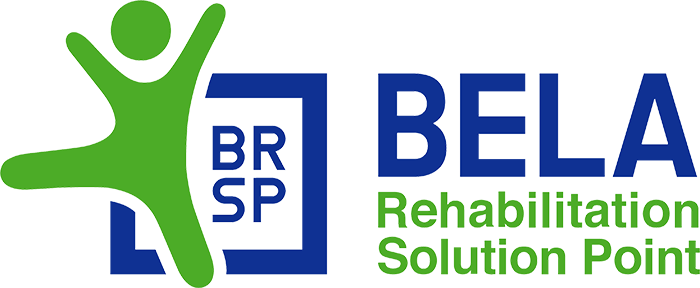By implementing everything we’ve carefully put together in this article, you’ll be well-equipped to attract, assess, and onboard top remote talent in no time. Your ability to articulate job requirements, provide feedback, and establish rapport with candidates is vital. So, effective client and candidate communication is crucial in building trust and maintaining solid relationships. This shift in recruitment practices has been driven by technological advancements, enabling organizations to cast a wider net and tap into talent pools across geographical boundaries. Create an account with G2’s top-ranked multi-country payroll software and start onboarding your first employees in minutes.
- Review the hiring rubric for the open position with different team members, carefully looking into the important requirements and skills the job calls for.
- We are OK with this as it means we ensure that we are making the right hiring decisions.
- Make sure you have proof to support your words; after all, seeing is believing.
- We have lost a few people during this trial period – some our decision, and some the candidates.
Make sure you use the right tools to make communication easier. Also, it’s a good idea to use assessment tools to evaluate candidates’ skills and make objective hiring decisions, even if you don’t meet candidates in-person. When you’re hiring remote employees, you may come across various challenges, like where to publish your remote positions or how to build your employer brand online. In this guide, we provide tips on how to recruit and hire remote employees, plus guidance to manage and retain them. Candidate screening is the first step to a comprehensive remote hiring process. It’s important to be thorough and systematic when screening candidates.
Build a high-performing sales team: your comprehensive guide
Get the attention of recruiters with a professional resume that demonstrates you are the perfect candidate for the job. Simplify salary decisions with the Salary Calculator – a smart tool for determining fair, competitive compensation based on industry, location, and experience. According to Pew Research, a non-partisan think tank that disseminates information about demographic trends and social issues to the public, 19% of non-retirees left their jobs by choice.
Imagine finding an extremely talented candidate who is working at a company they don’t feel attached to. You offer them the opportunity to work with a company they do like, and voilà, you hired a talented and compromised candidate. If a candidate has great experience https://remotemode.net/ that means they will start on the right foot which can, in turn, mean decreased turnover in the long run. Building trust starts with a flawless onboarding experience that can ease new employees swiftly into their new position and be productive from day 1.
Common mistakes to avoid when hiring internationally
Not to mention, having a social butterfly can be a true blessing for a remote position. Developing emotional intelligence allows for better connection and engagement with applicants. Since you and your candidates are miles away from each, exemplifying a little extra empathy and emotional intelligence will help you bridge that communication gap. With the world in your hands, you’re no longer restricted to a geographical location for sourcing the best candidates. Remote hiring eliminates the need for any physical interaction, making the process entirely virtual. The recruiting landscape has transformed significantly in today’s digital age, with remote work becoming the new norm.
- The average time to hire on our site is 29 days, but this is just average, not the norm.
- A report by Upwork shows that 36 million Americans will be working remotely by 2025.
- Many employers conduct pre-employment skills assessments or ask employees to complete a sample project during the interview process.
It allows you to source the best candidates despite the difference in time zones. They leverage virtual interviews, conducting them over video calls. They also do them over video chat instead of face-to-face interviews. The onboarding process is also seamless, making hiring easier. Companies that have embraced working remotely understand how the virtual environment works.
Learn
After we have a contracting agreement in place, candidates go through an Onboarding and Orientation process. This involves getting to know the relevant systems the candidate will be working with like email, JIRA, source control, QA and communication tools. The process continues for successful candidates towards either an ongoing contract role, or towards full-time.
Our interview process for most roles consists of a hiring exercise, one or several phone interviews, and in-person component. We always discuss team and organizational culture in the interview process, whether for remote or site-based positions. We look to see that candidates are engaged, and ask questions related to culture, training and work that may be unique to working remotely. Our approach to hiring remote workers has to be different from hiring on-site workers because not everyone is cut out to be a remote worker. In addition, they must be a good fit for blending in with our company culture and team. If you’re planning to hire remote employees for the first time, it’s normal to have all kinds of questions.
